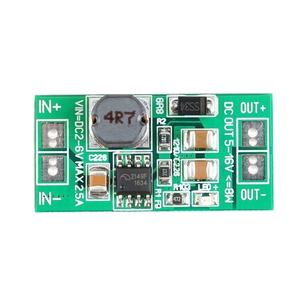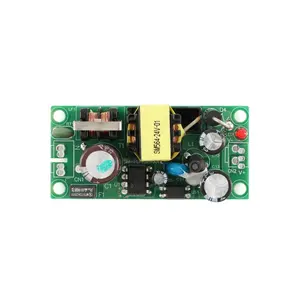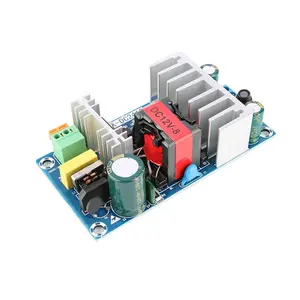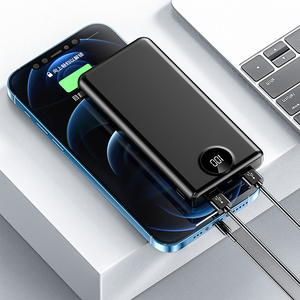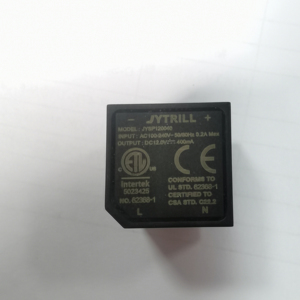Power Supply Of Arduino Uno






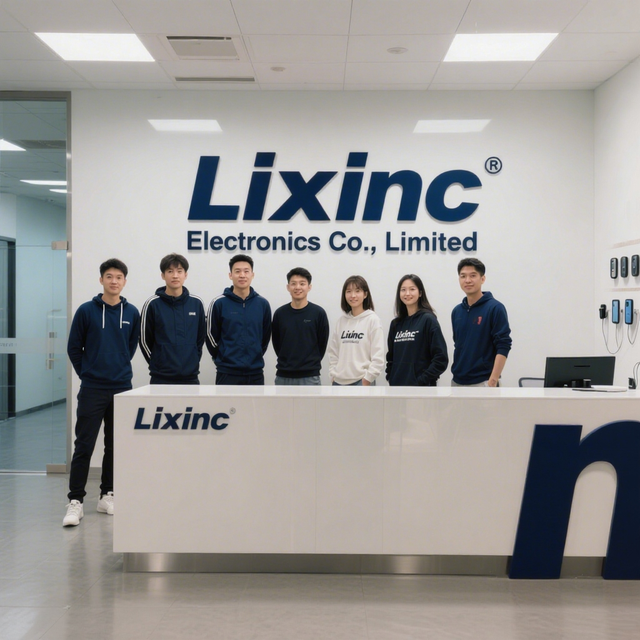







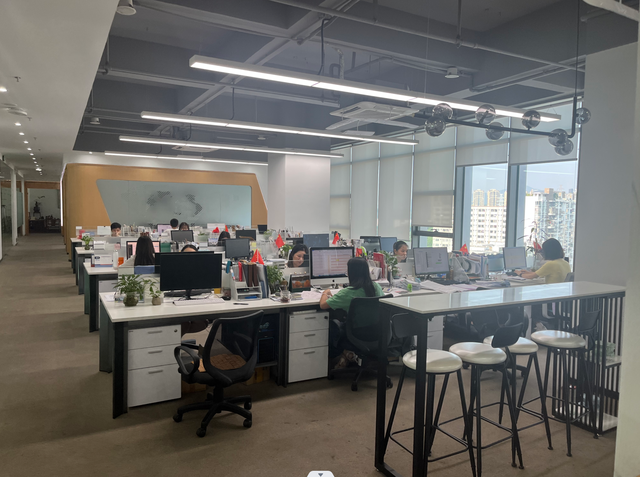









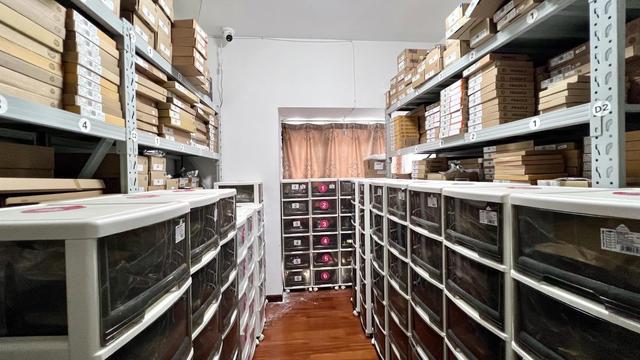







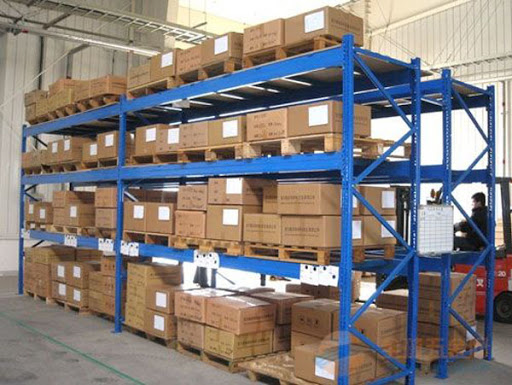




















About power supply of arduino uno
Where to Find Power Supply for Arduino Uno Suppliers?
China remains the central hub for electronic component manufacturing, with Shenzhen-based suppliers dominating production of power solutions for development boards like the Arduino Uno. The city's dense electronics ecosystem—spanning Huaqiangbei’s component markets to industrial parks in Bao'an and Longgang—enables rapid prototyping, low-cost assembly, and scalable distribution. Over 70% of global Arduino-compatible power modules originate from this region, supported by vertically integrated supply chains that reduce material lead times by 25–40% compared to non-specialized regions.
These clusters offer buyers access to mature infrastructure where PCB fabrication, surface-mount technology (SMT), and testing are co-located within 10-km radii. This proximity supports agile production cycles, with standard orders typically fulfilled in 7–15 days. Key advantages include cost efficiency (average unit prices from $0.36), flexibility in order volume (MOQs as low as 1 piece), and integration-ready designs compliant with common input/output standards (5V/9V/12V DC, USB-A/C).
How to Choose Power Supply for Arduino Uno Suppliers?
Effective supplier selection requires systematic evaluation across technical, operational, and transactional dimensions:
Technical Compliance
Verify adherence to baseline electrical safety and environmental standards such as RoHS and CE. For integration into commercial or educational kits, confirm output stability under variable loads and protection features (over-voltage, short-circuit). Request test reports for ripple noise, efficiency ratings, and thermal performance—particularly for DC-DC converters operating in confined enclosures.
Production Capability Assessment
Evaluate supplier infrastructure through available indicators:
- Minimum monthly output capacity exceeding 10,000 units for consistent stock availability
- In-house SMT lines and automated testing equipment to ensure solder joint reliability
- Design compatibility with Arduino Uno’s barrel jack (2.1mm center-positive) or VIN pin requirements
Cross-reference online revenue data and on-time delivery rates (>90%) as proxies for operational maturity.
Transaction Risk Mitigation
Prioritize suppliers offering traceable quality control processes and responsive communication (response time ≤4 hours). Utilize platform-backed transaction safeguards where available. Conduct sample validation to assess build quality, labeling accuracy, and voltage regulation before scaling orders. For custom modifications (e.g., regulated 7.5V output or USB-C input), confirm engineering support via documented design files or reference schematics.
What Are the Best Power Supply for Arduino Uno Suppliers?
| Company Name | Main Products | Online Revenue | On-Time Delivery | Response Time | Reorder Rate | Min. Order Quantity | Price Range (USD) | Product Examples |
|---|---|---|---|---|---|---|---|---|
| Shenzhen Sanrui Technology Co., Ltd. | Drones Accessories, Development Boards, Power Adapters | US $2,900,000+ | 100% | ≤4h | <15% | 1–10 pieces | $1.50–12.00 | 5V/3A adapter, DC-DC boost converter |
| Shenzhen Chuangheying Electronic Technology Co., Ltd. | Microcontrollers, PMIC, RF Modules | US $1,300,000+ | 100% | ≤6h | <15% | 1–10 pieces | $3.50–99.22 | USB-C PSU, CAN shield with power interface |
| Shenzhen VictoryStar Technology.,Limited | ICs, Resistors, Expansion Modules | US $20,000+ | 100% | ≤2h | <15% | 1 piece | $0.36–8.74 | UNO R4-compatible board, multipurpose expansion |
| Lixinc Electronics Co., Limited | Transistors, DC-DC Converters, Dev Boards | US $70,000+ | 88% | ≤1h | 25% | 10 pieces | $0.47–10.06 | Step-up converter, 12V/6A supply |
| Shenzhen Lonten Technology Co., Limited | AC-DC Supplies, Maker Boards, Robotics Kits | US $140,000+ | 90% | ≤7h | 29% | 1–2 pieces | $1.25–6.00 | AC-DC module, buck converter |
Performance Analysis
High-volume producers like Shenzhen Sanrui and Chuangheying demonstrate robust logistics execution (100% on-time delivery) and diversified product portfolios supporting system-level integration. VictoryStar stands out for accessibility, offering single-unit MOQs and sub-$0.50 options ideal for prototyping. Lixinc Electronics provides competitive pricing on DC-DC modules but shows a lower delivery reliability (88%), suggesting potential bottlenecks in fulfillment. Reorder rates below 15% across three suppliers indicate strong initial satisfaction but limited repeat demand, typical of commoditized components. Buyers prioritizing responsiveness should engage suppliers with response times under 2 hours, particularly for technical clarifications during sourcing.
FAQs
How to verify power supply compatibility with Arduino Uno?
Confirm input voltage range (7–12V recommended), connector type (2.1mm barrel jack, center-positive), and current rating (minimum 500mA). Validate internal voltage regulation circuitry if powering sensitive peripherals. Request pinout diagrams and load-test curves under varying input conditions.
What is the typical lead time for bulk orders?
Standard orders (100–1,000 units) ship within 7–12 days after payment clearance. Custom configurations (e.g., branded labeling or modified output) may extend lead time by 5–8 days. Air freight adds 5–7 days globally; sea shipping requires 25–35 days for full-container loads.
Can suppliers provide RoHS or CE certification?
Certification availability varies. While most comply with RoHS at the component level, formal documentation must be requested prior to order placement. CE marking is commonly self-declared; third-party test reports from accredited labs enhance compliance credibility.
Are samples available before bulk procurement?
Yes, all listed suppliers offer sample units. Pricing typically ranges from 1x to 2x the bulk rate for single pieces. Some waive fees for future volume commitments. Allow 3–7 days for sample processing and 5–10 days for international delivery via express courier.
What customization options are feasible?
Suppliers support input/output configuration changes (e.g., USB-C input, regulated 9V output), labeling, and packaging adjustments. Minimum thresholds apply: usually 1,000+ units for PCB redesigns and 500+ for silkscreen modifications. Engineering collaboration is required for extended temperature tolerance or enhanced EMI filtering.














